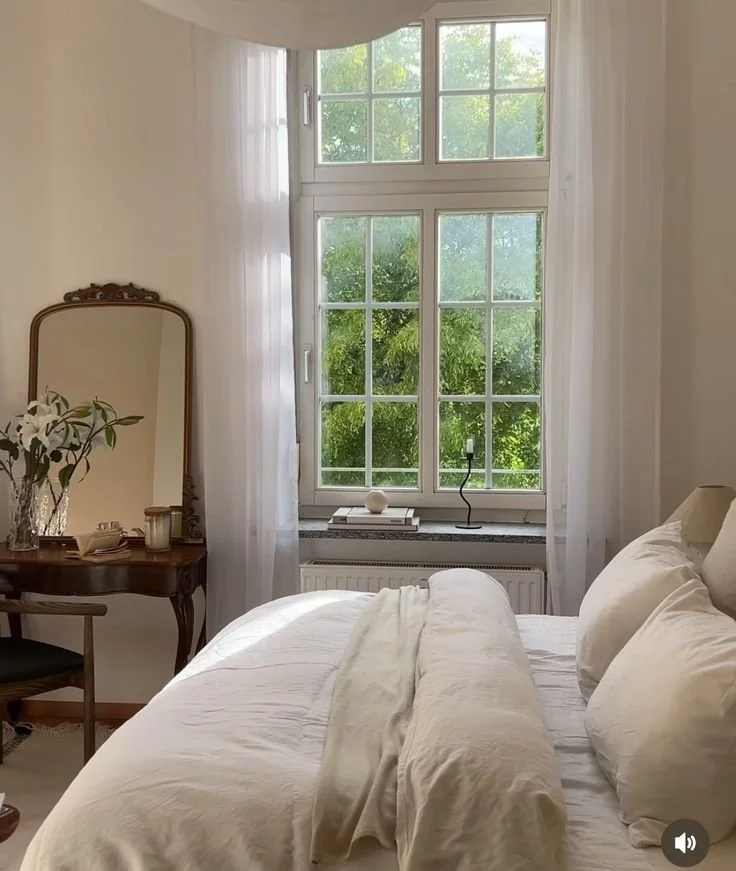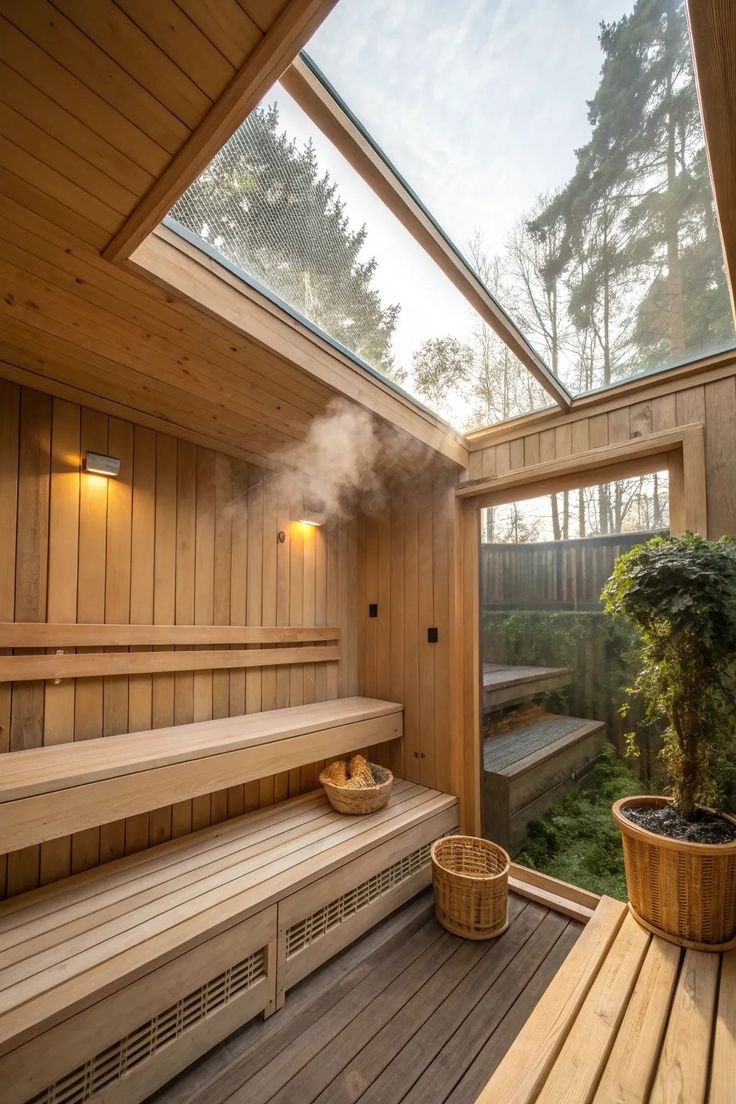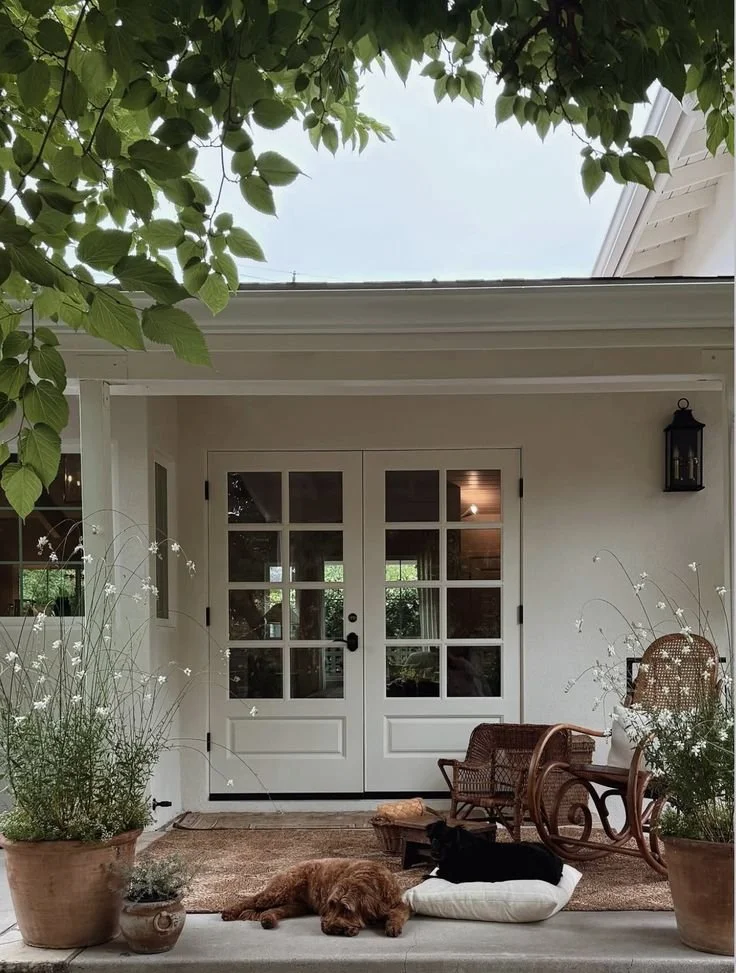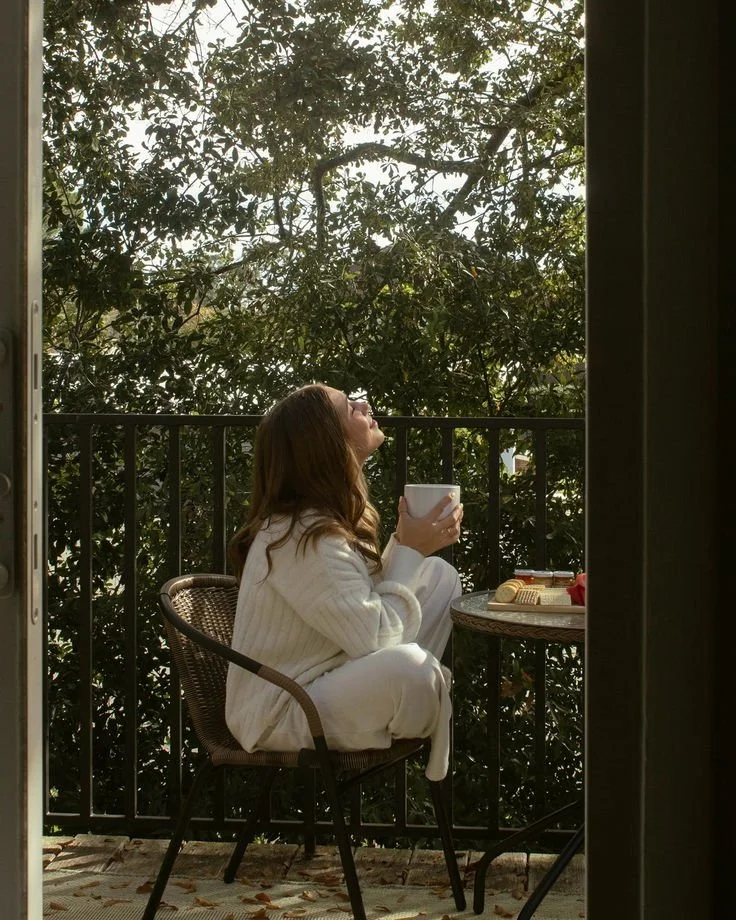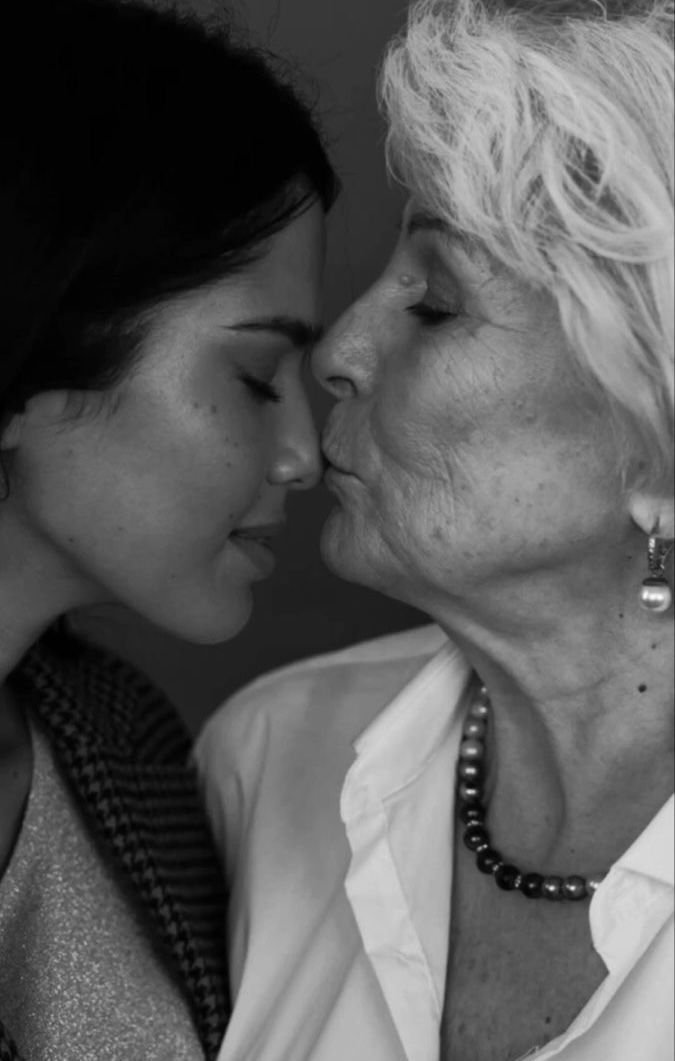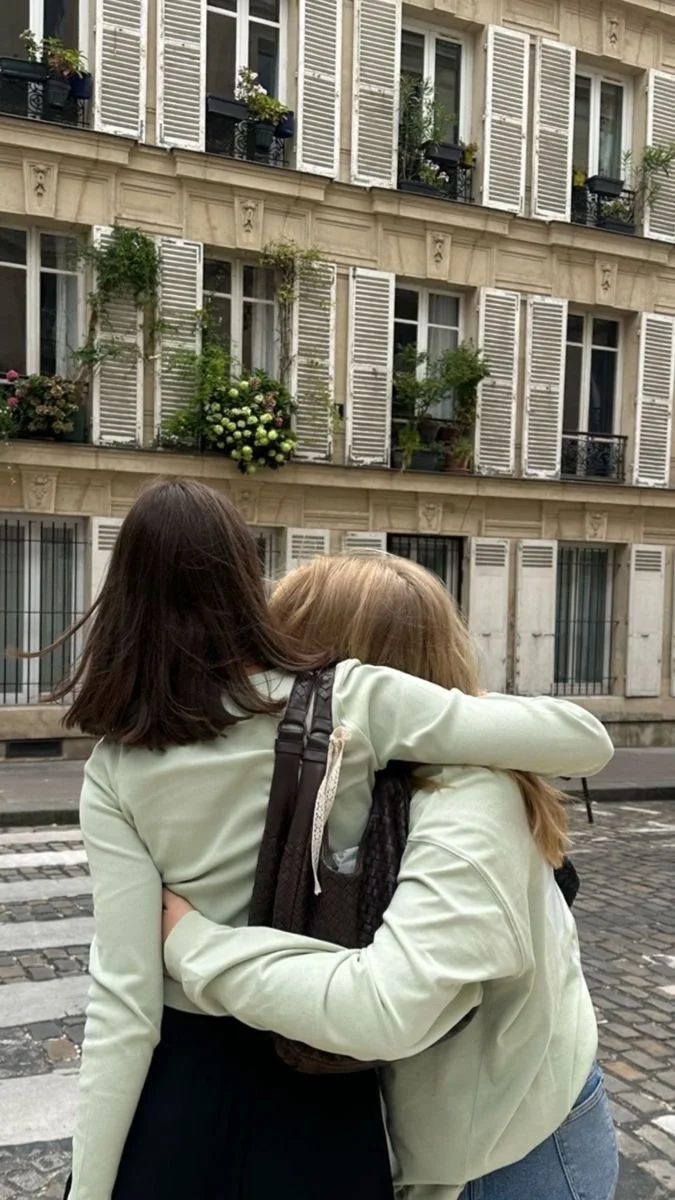The Emotional Side Of Downsizing And Transitioning To Community Life
Downsizing is often viewed through a practical lens—an effort to reduce expenses, simplify life, or transition into a more manageable living space. But for many older adults, the process is far more than a logistical decision.
It’s an emotional journey that involves letting go of a place filled with memories, milestones, and meaning. A home is not just four walls and a roof—it’s where birthdays were celebrated, holidays were hosted, and life unfolded in countless personal ways.
As older adults consider moving into retirement or senior living communities, the emotional weight of leaving behind a beloved home can be profound. This transition, while filled with uncertainty, also holds the potential for growth, renewal, and meaningful connection.
In this article, we explore the emotional complexities of downsizing, the challenges of parting with possessions, and how support, community, and perspective can transform this life change into a hopeful new beginning.
No. 1
The Challenge of Parting with Possessions
One of the most emotionally charged aspects of downsizing is sorting through a lifetime of belongings. Each item—whether a well-worn armchair, a photo album, or a child’s drawing—can carry deep sentimental value. These objects are more than things; they are tangible reminders of people, places, and moments that shaped a life.
Letting go of these possessions can feel like letting go of the memories themselves. The process often involves:
Deciding what to keep for the next chapter
Donating items to those who may find new joy in them
Passing down heirlooms to children or grandchildren
Finding creative ways to preserve memories, such as digitizing photos or writing down family stories
While emotionally taxing, this process can also be cathartic. It offers a chance to reflect, to honor the past, and to prepare for a future that is lighter—both physically and emotionally.
No. 2
Facing the Fear of Change
The idea of moving into a retirement or senior living community can bring with it a host of anxieties. Questions often arise:
Will this new place feel like home?
Will I lose my independence?
Will I be able to make new friends?
These concerns are valid and common. The transition from an independent home to a communal living environment can feel like a loss of autonomy. However, for many seniors, it becomes a gateway to a more vibrant, connected lifestyle.
Rather than a step back, this change can be a step forward—toward a life with fewer burdens and more opportunities for social engagement, personal growth, and wellness.
No. 3
Finding Comfort in Community
Choosing the right senior living community can make all the difference in easing the emotional strain of downsizing. Communities like Riddle Village are designed with holistic well-being in mind, offering more than just a place to live.
They provide:
Warm, welcoming social environments
A wide range of engaging activities
Personalized care and supportive services
These features help new residents feel at home from the very first day. The emphasis is on creating a lifestyle that fosters comfort, security, and meaningful connection—making the transition smoother and more fulfilling.
Hilu
Ensure you and your loved ones enjoy a deeper, more restful sleep with the only blanket that actively adapts to keep your temperature perfect
No. 4
Support from Family and Friends Matters
The role of family and friends during the downsizing process cannot be overstated. Emotional support, practical help, and simply being present can ease the burden significantly.
Ways loved ones can help include:
Participating in the planning and decision-making process
Offering patience and understanding during emotional moments
Helping with the physical aspects of the move
Encouraging the exploration of new opportunities in the community
Gradual transitions, when possible, can also help. Visiting the new community ahead of time, attending events, and becoming familiar with the surroundings can make the move feel less daunting.
No. 5
Embracing a New Chapter
Once the move is complete and the initial adjustment period has passed, many seniors discover that life in a retirement community offers unexpected joys. With fewer household responsibilities and greater access to wellness programs, social events, and support services, this stage of life can be both liberating and enriching.
Residents often find:
A renewed sense of purpose
Opportunities to form new friendships
Time to pursue hobbies and interests
Peace of mind knowing that help is available if needed
What may have started as a difficult goodbye often transforms into a warm welcome to a new way of living.
Takeaways
Downsizing is far more than a change of address—it’s a deeply personal transition that touches on memory, identity, and the meaning of home. While the emotional challenges are real, so too are the opportunities for growth, connection, and renewal.
By acknowledging the emotional weight of the process, leaning on loved ones for support, and choosing a community that aligns with personal values and lifestyle, older adults can navigate this chapter with grace and confidence.
Downsizing doesn’t mean giving up—it means moving forward. With the right mindset and support, this new phase of life can be just as meaningful, fulfilling, and joyful as the ones that came before.
Looking for Wellness resources?
Are you looking to enhance your wellness routine? Explore our wellness partners who offer a wide range of resources to support your journey toward holistic living and well-being.






